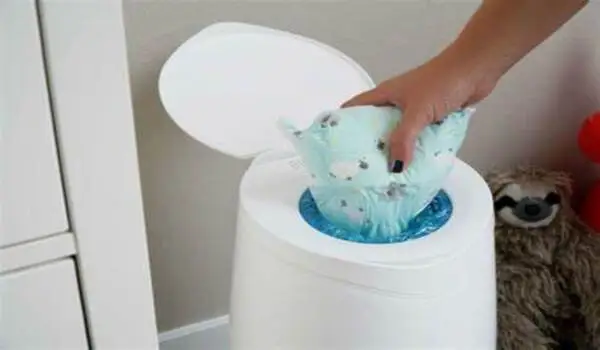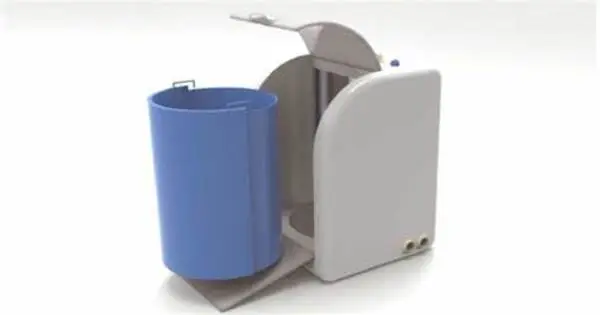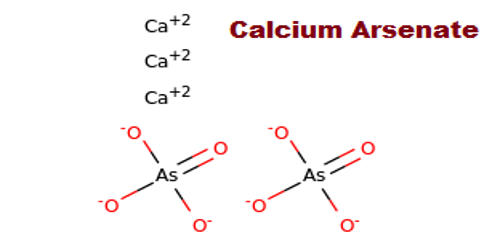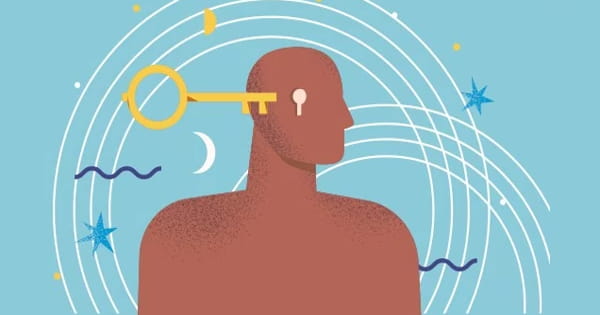Diapers are often made of a variety of components, including plastics and absorbent polymers, making recycling difficult. In Germany, almost 100,000 tons of diapers are discarded each year. Many essential materials, such as diaper liners, end up in the garbage. The liners are made of unique polymers known as superabsorbers.
Karlsruhe Institute of Technology (KIT) researchers have now significantly improved their difficult recycling process. UV radiation is used to break down the chemical chains that hold the polymers together. There is no need for chemicals. Room temperature recycling is 200 times faster than standard recycling. After that, the recycled polymers can be converted into new adhesives and colors. The findings were published in the journal ACS – Applied Materials and Surfaces.
Superabsorbers can be found in diapers as well as a variety of other hygiene and medical goods such as bandages and dressing materials. So far, powerful acids have been required to recycle sodium polyacrylate, a very absorbent polymer. These crosslinked polymers are insoluble in water.
The light breaks the chains that connect the polymers. They become so loose that they swim in water and transform into liquid fibers.
Pavel Levkin
They do not melt at high temperatures but instead deteriorate. The acids, on the other hand, “cut” the chains, stabilizing the polymers after about 16 hours at 80 degrees Celsius and enabling recycling. Because this technique is complex and expensive, superabsorbers are rarely reused. Approximately two million tons of them are discarded or burnt each year.
Liquid in Five Minutes Instead of 16 Hours
Researchers from KIT’s Institute of Biological and Chemical Systems, Institute for Biological Interfaces, and Institute for Chemical Technology and Polymer Chemistry discovered that crosslinked sodium polyacrylate polymers deteriorate after being exposed to UV light. “The light breaks the chains that connect the polymers. They become so loose that they swim in water and transform into liquid fibers,” explains Pavel Levkin, Professor at the Institute of Biological and Chemical Systems.

For their experiments, the researchers removed the liners from normal diapers, soaked them in water, and exposed them to a 1000 W bulb. After five minutes, the solid material transformed into a liquid that was put into a collector. “This method with UV light is about 200 times faster than with acids,” Levkin says.
The Recycled Polymers Can Be Used in Various Ways
The liquid was subsequently converted into new adhesives and dyes using well-established methods. “It was critical to note that the substance is soluble and processible.” “It can most likely be turned into a variety of other products,” the expert explains.
The researchers utilized clean diapers for their experiments. However, the superabsorbers can also be separated from old diapers. “Hence, there is no reason why close-to-reality use should not be possible,” said Levkin. Using solar electricity, the recycling procedure can be optimized ecologically and at no cost. “We discovered a promising strategy for recycling superabsorbers.” This will greatly minimize environmental contamination and contribute to a more sustainable use of polymers.”
















